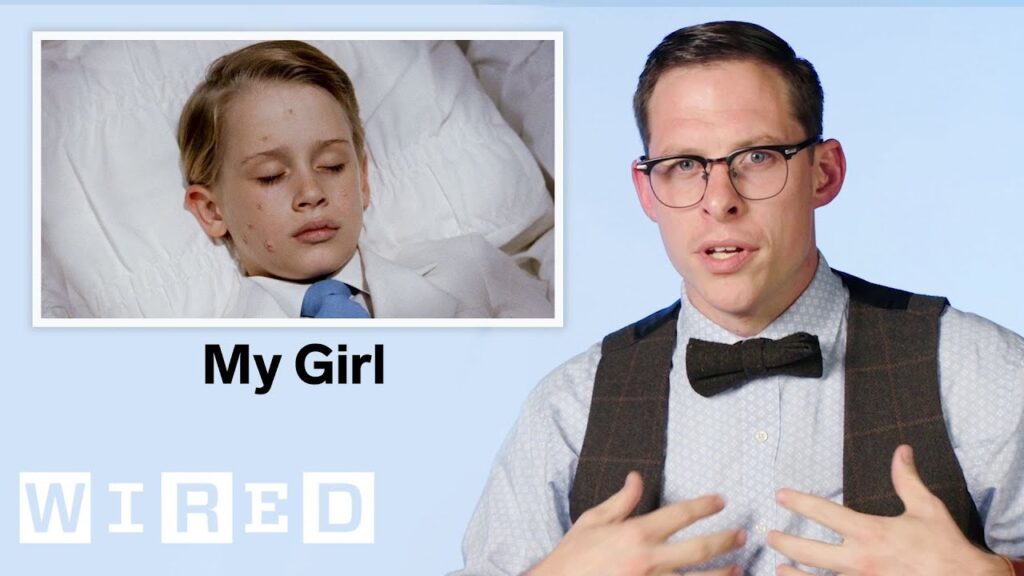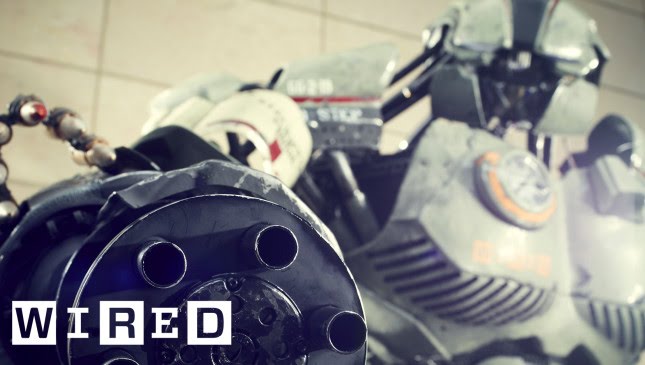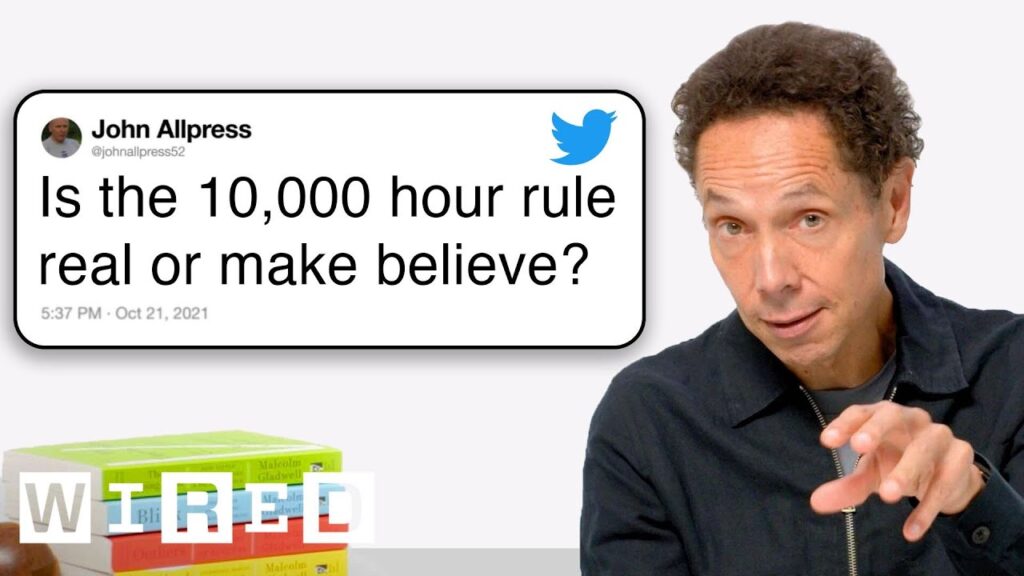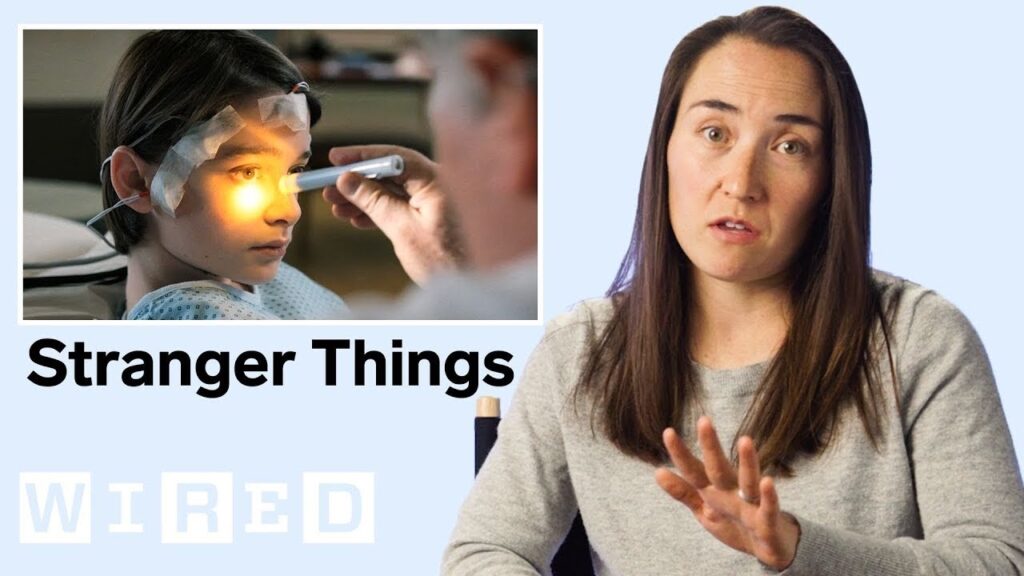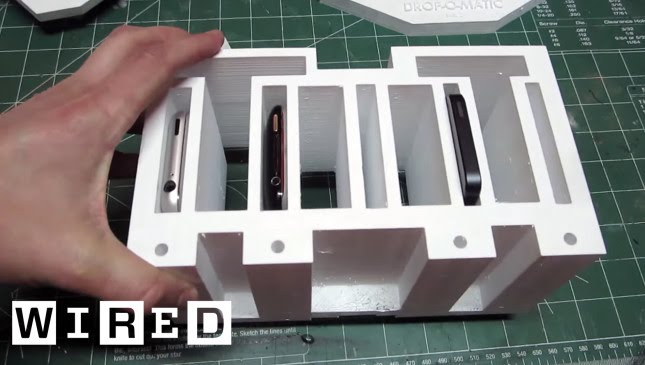The Importance of Accurate Medical Portrayals in Media
Summary
In this article, we discuss the importance of accurately portraying medical situations in movies and TV shows. We highlight the inaccuracies in various medical scenarios depicted in media, such as the use of adrenaline to restart the heart, the dangers of taking photos of anesthetized patients without their consent, and the misconception that removing a bullet cures a gunshot wound. We also talk about accurate details, such as the importance of calling for backup during a code and using proper doses of electricity during defibrillation. We emphasize the need for accurate medical portrayals in media.
Table of Contents
- Inaccuracies in Medical Situations Portrayed in Media
- Accuracy in Surgery Depictions in Movies and TV Shows
- Common Medical Situations in Movies and TV Shows
Inaccuracies in Medical Situations Portrayed in Media
Annie Onish, a general surgeon at Columbia University, breaks down clips from movies and TV shows about the emergency room and operating room. She points out inaccuracies in the portrayal of medical procedures, such as slapping a patient during CPR, using ineffective methods to wake up a patient with neurological problems, and having too many people in the room during an appendectomy. These inaccuracies can be harmful as they may lead to the public having misconceptions about medical procedures. For example, the use of adrenaline to restart the heart is not effective and can cause harm to the patient. The speaker emphasizes the importance of accuracy in medical portrayals in media.
Accuracy in Surgery Depictions in Movies and TV Shows
The speaker talks about various aspects of surgeries and medical dramas in TV shows and movies. They mention that the removal of a bullet is not as exciting as depicted in media, and the operating room galleries are not common these days. The speaker also talks about the color of scrubs worn by surgeons and the use of electric clippers instead of razors for hair removal. They mention that patients do not usually dream during anesthesia, and the taping of eyelids closed is done to prevent corneal abrasions. These accurate details are important as they can help educate the public about medical procedures and dispel misconceptions.
Common Medical Situations in Movies and TV Shows
The speaker also talks about common medical situations depicted in movies and TV shows. They mention the possibility of parasitic infections, the misconception that removing a bullet cures a gunshot wound, and the need to fix internal damage caused by the bullet. The speaker also talks about the common occurrence of foreign objects getting stuck in patients’ rectums and the use of emergency tracheotomy in choking patients. These situations are often portrayed inaccurately in media and can lead to misconceptions about medical procedures.
Conclusion
Accurately portraying medical situations in movies and TV shows is important as it can help educate the public about medical procedures and dispel misconceptions. Inaccurate portrayals can be harmful as they may lead to the public having misconceptions about medical procedures. It is important for media to consult with medical professionals to ensure accuracy in medical portrayals.
